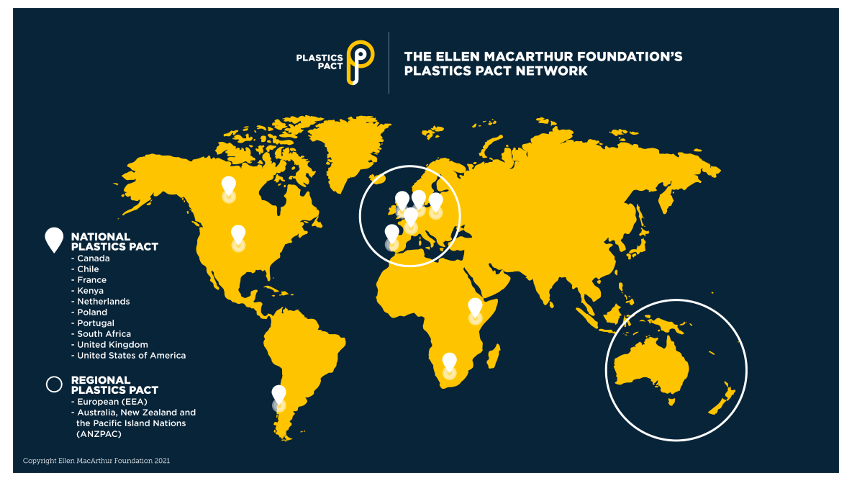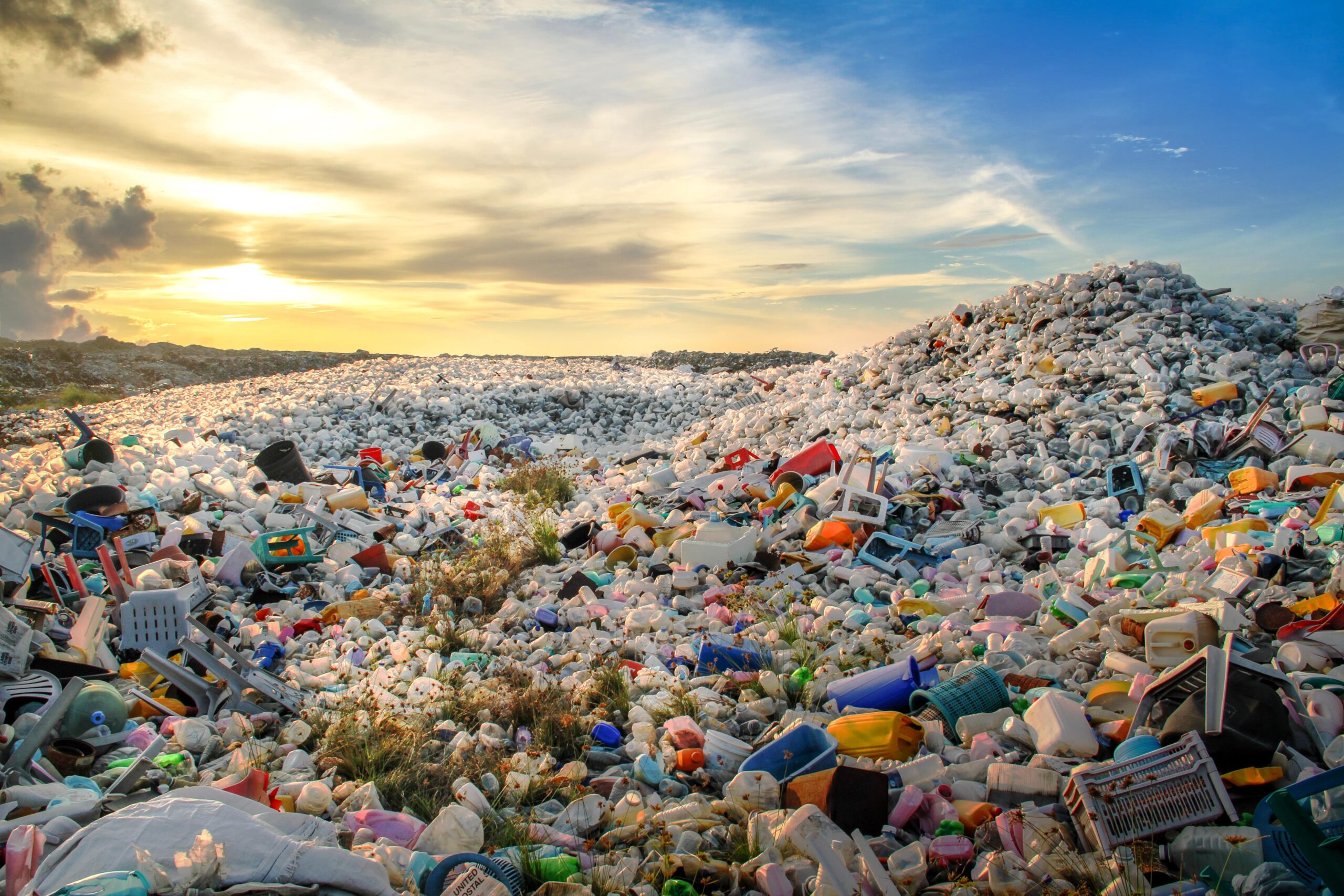Insight Focus
- The United Nations Environment Programme signs draft resolution focused on tackling plastic waste.
- Resolution should speed up sustainability in plastics through Paris climate change style agreement.
- Plastic pollution condemned, but resolution stops short of explicitly opposing single-use plastics.
New Treaty Tackles Plastic Waste
Delegates from 175 countries met in the Kenyan capital, Nairobi, to lay groundwork for a historic push against plastic pollution. The meeting has been heralded the biggest environmental agreement since the Paris climate accords.
The conference wasn’t designed to instigate targets or set up official legislation. Rather, it set out the framework through which future decisions can be made, with fully formed agreements to be established by 2024. In the slow-moving world of multilateral politics, this should still be seen as a major win for sustainability.
The impact won’t likely be felt anytime soon, but discussion points highlight the probable focus of future agreements and trends that should reverberate through the plastic industry in the coming years.

Marine Habitats and Microplastics in Focus
The resolution criticised plastic pollution and its impacts, noting that it’s not only causing issues for the natural world but also social and economic development.
Pollution in marine environments was specifically targeted. Rising amounts of plastic in the ocean have become one of the largest drivers for change among consumers and action groups. The push against beer packaging rings and plastic straws highlights this.
Tackling microplastics was also a focal point of the discussions. Microplastics are harder to remove from ocean environments due to their small size, so they ultimately end up in the food chain. They also come from a multitude of sources, making it more difficult to reduce their emissions.

Reuse & Recycle, Rather Than Eliminate
The delegations also pressed the importance of “sustainable design” of products and materials so they can be reused, remanufactured, or recycled.
The idea of sustainable alternatives to plastics was raised. Broadly, though, a less severe tone was taken. Focus was not on the removal of plastics from the world entirely but instead investment and alterations to make those plastics more sustainable.
Ensuring packaging is designed so it can become part of the circular economy was a particular focus. The tethered cap help increase bottle cap recycling and will be mandatory in the EU by 2024, illustrating the push here.

Some activists, as well as UK Prime Minister, Boris Johnson, also called for a broader reduction of plastic usage rather than a focus on recycling, arguing that recycling will only ever push the problem down the line.
Bottles are often recycled into plastic cloth fibres, such as polyester. Polyester is difficult to recycle and often ends up in landfill. Around 60% of the world’s recycled plastic bottles end up in polyester and, by extension, landfill.
Help for Developing Economies
The resolution specifically highlights the need to support developing nations. This includes both financial and technical support.
Although it’s currently unclear what support would entail exactly, it’ll be crucial to achieving progress on plastic pollution, while supporting sustainable development.

Plastic Pollution is a Global Issue
The UN paid attention to the global nature of plastic pollution as well. If one nation were to completely ban plastic, other nations’ plastic would still wash up on their beaches, and fish in their waters would still consume micro-plastic. A global effort is needed in this fight.
To this end, the UN’s top environmental body welcomed efforts made by nations and organisations before the Nairobi meeting.
The focus on the international element of the issue brings other plastics pact networks into focus, like the Ellen MacArthur Foundation’s, which may shed some light onto what a global plastics agreement could look like.

Much like the UN agreement, the pact aims to increase the circularity of plastics. To achieve this, nations in the pact must improve recycling efforts and infrastructure and promote product design that’s conducive to reuse and recycling.
Unlike the UN’s current aims, the Ellen MacArthur Foundation is more focused on reducing single-use plastic. With any UN pact requiring global approval, strong commitments on single-use plastic could well be some way off.
Concluding Thoughts
The resolution agreed at the UN Environment Assembly represents a historic landmark in the campaign to tackle plastic pollution at the global level.
Over the next two years, a dedicated Intergovernmental Negotiating Committee will seek to produce a draft treaty by the end of 2024. However, even at this point, future timeframes for change will likely run into the 2030s and beyond.
Whilst not providing any immediate solution to the plastic waste crisis, last week’s meeting does illustrate continued momentum towards greater plastics sustainability.
Recognition of plastic waste as a global problem and a desire by world leaders to solve it is also an important foundation upon which other nearer-term projects may be built.
Near-term actions will likely remain at the national level, coalescing around shared agendas, such as increased recycling, reduction in single-use plastic, and increased plastics circularity. Expect more individual countries to join initiatives, such as the EMF Plastics Pact Network.
Ultimately, we’re headed to a more regulated world of plastics at every stage of their lifecycle, with further product bans, plastic taxes, and recycled content mandates.
Other Insights That May Be of Interest…
Plastics and Sustainability Trends in February 2022
Plastics and Sustainability Trends in January 2022
Explainers That May Interest You…














